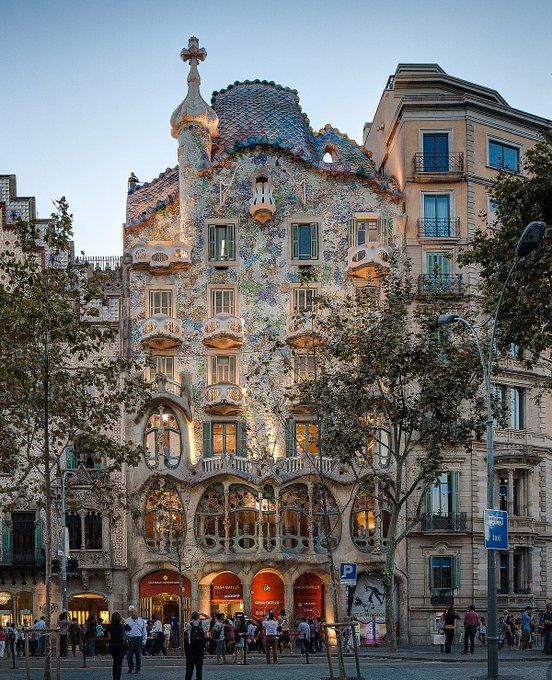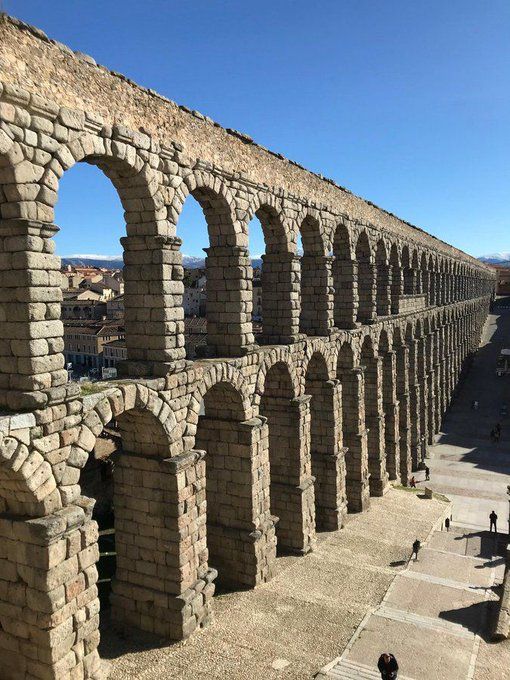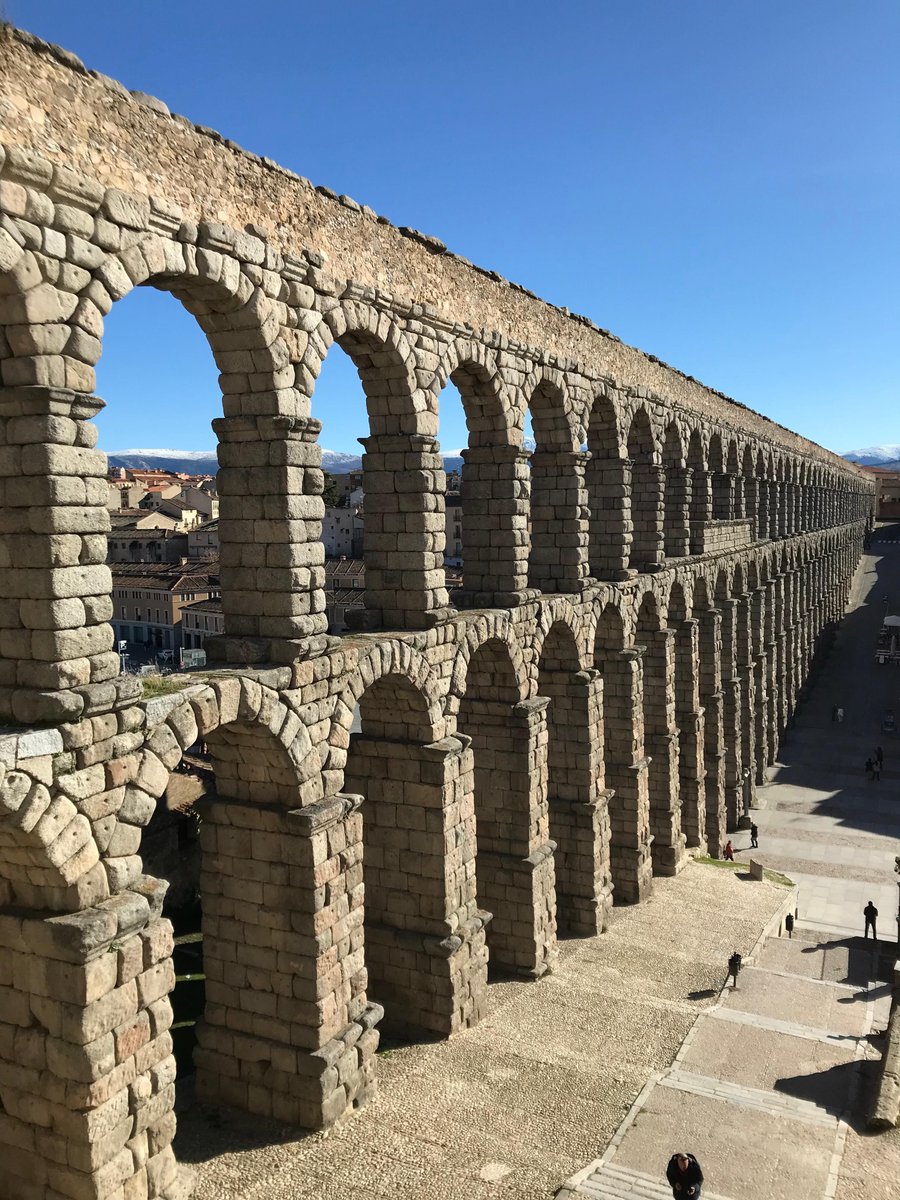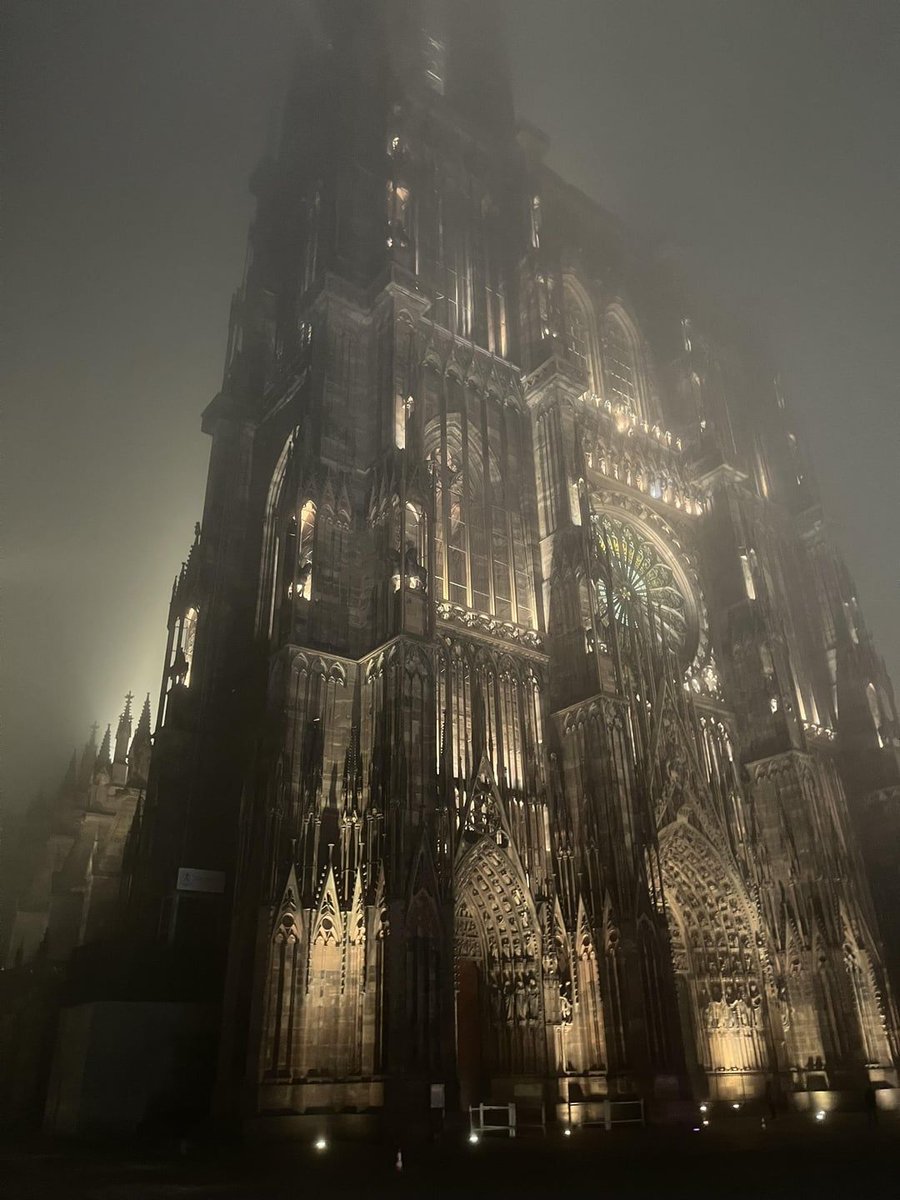Believe it or not, this isn't a medieval castle.
In fact, we only discovered it 5 years ago — and it's still being built as we speak.
That's all because this is a prime example of something we call Revivalism... 🧵
In fact, we only discovered it 5 years ago — and it's still being built as we speak.
That's all because this is a prime example of something we call Revivalism... 🧵

We often think of medieval castles as relics of a forgotten era — symbols of feudal power or romantic ruins.
Yet, in the modern world, visionaries are building wonders inspired by this very period.
This is Stobnica Castle.
Yet, in the modern world, visionaries are building wonders inspired by this very period.
This is Stobnica Castle.

It lays hidden on an artificial island in the forest of Western Poland.
At first glance, Stobnica appears to belong to the medieval world, with its towering spires, turrets and stone walls.
But construction began in 2015 — it was only “discovered” via drone, in 2020
At first glance, Stobnica appears to belong to the medieval world, with its towering spires, turrets and stone walls.
But construction began in 2015 — it was only “discovered” via drone, in 2020
We don't actually know who or why it was built...
But we do know that it has a 90-meter high tower and is 15-storeys high — each floor is twice the height of a typical residential one.
However, Stobnica is not alone and it's not the first *modern* medieval wonder.
But we do know that it has a 90-meter high tower and is 15-storeys high — each floor is twice the height of a typical residential one.
However, Stobnica is not alone and it's not the first *modern* medieval wonder.

It's a prime example of Revivalism.
Where you use elements of a previous architectural era to build old buildings, but in modern times.
Here's New York State Capitol, in Albany — built in Romanesque Revival.
Where you use elements of a previous architectural era to build old buildings, but in modern times.
Here's New York State Capitol, in Albany — built in Romanesque Revival.

It might not have crossed your mind before, but Big Ben is actually one of the most famous examples of Revivalism.
More specifically, it was built in Gothic Revival after Parliament had burned down, in 1834.
More specifically, it was built in Gothic Revival after Parliament had burned down, in 1834.

You might have also heard of Guédelon Castle, in France.
Every worker operates as though the modern world doesn’t exist.
Using only tools and materials that would have been available in the 13th century.
Every worker operates as though the modern world doesn’t exist.
Using only tools and materials that would have been available in the 13th century.

And that's what makes it unlike anything you have ever heard of.
Work began in 1997, and tries to imitate the Middle Ages as closely as possible.
The architecture is very specific too: built in the transitional Romanesque and early Gothic phase, under Philip II of France.
Work began in 1997, and tries to imitate the Middle Ages as closely as possible.
The architecture is very specific too: built in the transitional Romanesque and early Gothic phase, under Philip II of France.

A typical medieval stronghold like this even includes a simple wooden bridge — but not a drawbridge.
This is an important feature: it’s a nobleman’s castle, not a royal one, so its owner would not be able to afford a drawbridge or moat.
This is an important feature: it’s a nobleman’s castle, not a royal one, so its owner would not be able to afford a drawbridge or moat.

But it's not just about literally reliving history.
Techniques that were redeveloped by builders in Guédelon are incredibly important.
They were used to help perfectly reconstruct the roof of Notre-Dame de Paris, which opened last year.
Techniques that were redeveloped by builders in Guédelon are incredibly important.
They were used to help perfectly reconstruct the roof of Notre-Dame de Paris, which opened last year.

Something else quite remarkable about it all is that it has a medieval crane that can lift half a ton of materials — powered completely by a treadmill. 

So now we’ve seen two castles, but there is also an attempt to rebuilt a monastic community right from the Middle Ages in Germany: Campus Galli.
This project aims to replicate what we see in the Plan of Saint Gall — the only surviving architectural drawing from the Middle Ages.
This project aims to replicate what we see in the Plan of Saint Gall — the only surviving architectural drawing from the Middle Ages.

Building wonders from the past, in the present, isn’t an idea that is relatively new.
Revivalism has been around for centuries.
Take one of the most famous examples you could think of: Neuschwanstein Castle.
Revivalism has been around for centuries.
Take one of the most famous examples you could think of: Neuschwanstein Castle.

King Ludwig was inspired by medieval and Byzantine architecture and built his own "fairytale" castle.
It had everything you could have asked for in the 19th century.
From central heating and flushing toilets to an artificial cave.
It had everything you could have asked for in the 19th century.
From central heating and flushing toilets to an artificial cave.
And there's also Palais Garnier — one of the most stunning places in Paris.
Beuax-Arts references everywhere.
But it's interior is Neo-Baroque.
Beuax-Arts references everywhere.
But it's interior is Neo-Baroque.

Or the Panthéon, (not in Rome but) also in Paris.
Built in the Neoclassical style, as an 18th-century mausoleum, housing tombs of Victor Hugo, Voltaire and Marie Curie.
Built in the Neoclassical style, as an 18th-century mausoleum, housing tombs of Victor Hugo, Voltaire and Marie Curie.

If you like Revival Architecture, then you'll love my FREE newsletter, where we dive deeper into the beauty of the past, every Friday.
Consider subscribing below👇
worldscholar.beehiiv.com/subscribe
Consider subscribing below👇
worldscholar.beehiiv.com/subscribe
• • •
Missing some Tweet in this thread? You can try to
force a refresh























